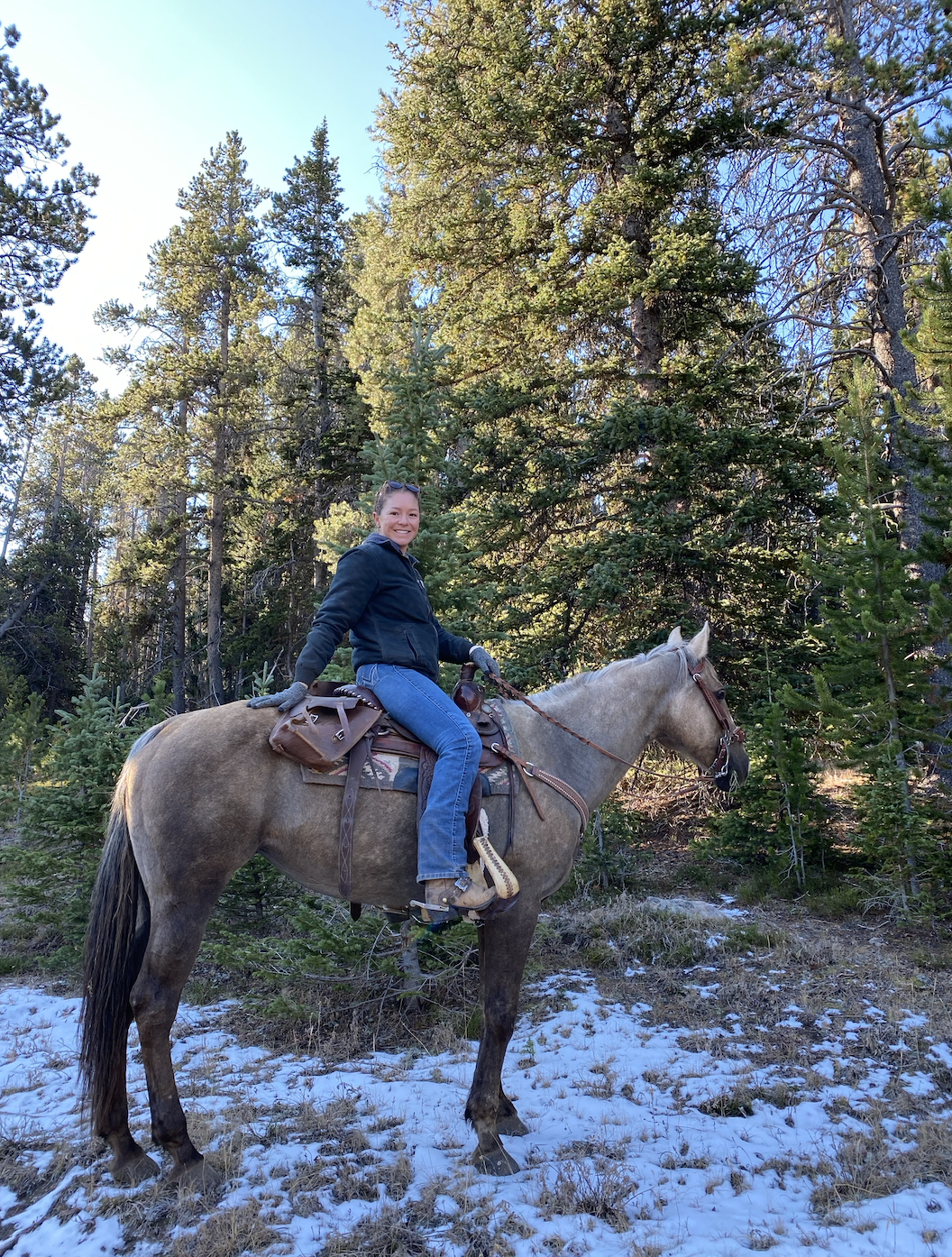As an FEI groom, I was constantly worried about accidentally or unintentionally doping horses with something as simple as treats, shampoos, and supplements. I was even more concerned with not knowing which drugs could be administered, and how far out from competition they needed to be administered before they cleared the horse’s system.
Tools and Resources
Thankfully, there are a few tools that you can use to ensure you can avoid a positive drug test. In my opinion, the best tool you can use is your horse’s FEI veterinarian. They will be the people most up-to-date and knowledgeable about which substances can be administered and how far out from competition they need to be given. The FEI also posts several documents that you can use to help guide substance administration and which substances cannot be administered, linked throughout.
The Equine Prohibited Substances List (EPSL)
The FEI has a document posted to its website named “Equine Prohibited Substance List”, otherwise known as the EPSL. The EPSL is updated yearly at minimum but can be revised or changed at any time. It is available as a pdf, online database, and on the FEI mobile app (links below). The EPSL lists around 1,000 different substances that are labeled as either banned substances or controlled substances. It is imperative that you understand the difference between the two.
Banned substances are substances that do not have any practical use in a competition horse or have the potential for high abuse. These substances are prohibited at all times and should never be found in the horse’s system.
An example of a banned substance is cocaine.
Controlled substances are substances that are considered to have therapeutic use and are commonly used in equine medicine. These substances must be cleared from the horse’s system by the time of competition.
An example of a controlled substance is xylazine (a common sedative).
Athletes and support persons are responsible for ensuring any substance administered to the competing horse is either:
1. Not a banned substance
2. A controlled substance administered with a long enough withdrawal period before competition
- This can be used as a search engine
- It contains all prohibited substances (both banned and controlled) and some information about the substance such as other trade names and common use
- A version of the online EPSL data base is available as a mobile app on both the Apple Store and Google Play
- This link lists all current and past EPSL editions as pdf files.
- These lists are subject to change at any time so it is your responsibility to find the most current and updated list.
This is the link to the EPSL that was posted on December 5th, 2022 for the 2023 edition. This is subject to change at any time. You can use this as an example of what you will be looking for.
Administering/Giving Controlled Substances
There are a few great ways you can use to ensure the controlled substance you are giving will not unintentionally show up on a drug test. First, always clearly communicate with the rider(s), owner(s), and anyone else that regularly cares for the horse about what drug is being administered, how much, and when. It is a great idea to keep a log book of exactly what the horse receives. Also, it is a great idea to dedicate a single person to administering medications. If you are administering medications to non-FEI competing horses, make sure you use gloves and wash your hands afterward to avoid contamination.
Communicate With Your FEI Veterinarian
Additionally, maintain an excellent relationship and communicate with the horse’s FEI veterinarian. The FEI veterinarian will have a great amount of knowledge on which drugs are banned vs controlled and when controlled substances need to be administered before competition to not cause a positive test. The veterinarian can help you establish an appropriate withdrawal period of a drug or substance being administered.
Withdrawal Times Can Differ Per Each Individual Horse
A withdrawal period is the time required for a substance to be eliminated from the horse’s system prior to competition. After this time period, the drug should no longer remain detectable in a lab sample. Although there are average withdrawal times for commonly used drugs, they will not always apply to each individual horse or situation. The actual withdrawal time for a drug depends on the individual horse’s factors such as body weight, body composition, age, hydration and nutritional status, and organ function. For example, if you give a drug that is primarily eliminated by the kidneys to a horse with poor kidney function (slower elimination), the drug could remain in the horse’s system longer than a horse with healthy kidneys.
Detection Times
This is where your FEI veterinarian comes in. The FEI posts a list of detection times – NOT withdrawal times – for the most common controlled substances administered. Detection times are an approximate period of time where a drug (and its byproducts) remain in the horse’s system and can be detected by a lab. Your veterinarian can use this list in conjunction with evaluating the individual horse to establish a specific withdrawal time for the situation. It is important to always ask your veterinarian for a withdrawal time and not to use the list of detection times for when to administer a drug before competition.
Elective Testing
Another tool you can use to prevent an unintentional positive test is elective testing. The elective testing service allows FEI veterinarians to test FEI horses for up to four controlled substances at any one time. In fact, FEI recommends using elective testing just to be sure that the competing horse is free from controlled substances after administration. On the FEI website, there is an elective testing list of substances that the FEI horse can be tested for. Always work with your veterinarian to ensure that these tests are appropriately sent to FEI approved labs.
For forms and more information, visit the FEI’s webpage for elective testing.
Here are some other general things to think about:
- Some feeds and supplements can contain prohibited substances or contain substances whose byproducts when ingested are prohibited substances.
- Prohibited substances can be easily dropped into open feed bags or supplement containers. Ensure all feed is properly stored. Save samples and batch numbers of all hays, feeds, and supplements.
- Ensure feed storage containers, feed pans, and water buckets are clean at all times. Even certain types of molds can cause prohibited substance production.
- Use caution when administering supplements. It is common in the supplement industry to use banned and or controlled substances. Supplements are not FDA regulated in the US so their labels are not always reliable. Any supplement has the potential to contain more or less ingredients or ingredient byproducts than listed on the label. FEI is not lenient with positive drug tests that arise from unknown administration of substances through supplements.
- Medications administered to dogs and barn cats can be eliminated in a horse’s stall or in cross ties, etc.
- Medications taken by humans can remain on hands or clothing, etc.
- Medicated liniments or shampoos can remain in wash racks.
- Do not allow the horses to drink/lick coffee or energy drinks as caffeine is a controlled substance.
- Do not feed the horse any treats that are not marketed for horse use. Be cautious using horse treats and ensure safety before giving them to the horse.
- Do not share feed troughs/pans, water buckets, grooming tools, tack, blankets, and wraps with any other horses, including other FEI horses.
- Do not dip the end of the water hose into the horse’s water buckets.
Overall, substance testing and administration can be overwhelming. In addition to the normal rules, there are several exceptions that can be made for specific substances and instances which can be confusing. Your best tool will be maintaining a great relationship with the horse’s FEI veterinarian. Also, the FEI website has several documents and guides that you can use to ensure proper substance use and maintenance of good practices. If all else fails, when in doubt, do not give it to the horse!
Some Other Links Posted by the FEI:
Please be aware that these are subject to change at any time!

Introduction to FEI Clean Sport
- An overview video of FEI’s human and equine athlete anti-doping programs
FEI Warning Regarding the Administration of Supplements to Horses
- Document stating FEI’s rules and warnings towards the use of supplements.
FEI Contamination Prevention Guidelines
- Gives tips on how to prevent substance contamination
- Goes through the process of the horse being selected, sample collection, documentation, transportation, and how to interpret results.
- Includes a video and pdf.
FEI Prevention of Competition Manipulation
- Describes the rules and systems in place to prevent competition manipulation.
*Disclaimer* This is a summary and compilation of information gathered from the FEI website. Do not rely on this for updated rules and regulations. Always rely on the information directly provided by the FEI website. The purpose of this document is as a guide to approaching proper drug and substance use in the FEI competing horse and should not be used as your only source of information.


